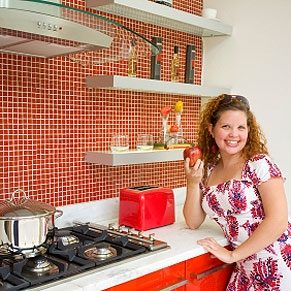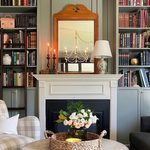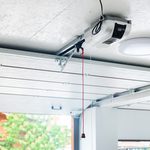Disaster-Proof Bathroom & Kitchen DIY
Decided to do a little DIY? There are six common pitfalls you’ll want to avoid when you’re upgrading the plumbing, fixtures or ceramic tiles. You can save money doing it right the first time.

1. Check Your Toilet Trap
Some toilet makers cut corners to lower costs. Sometimes they cut curves as well-trap curves. When buying a toilet, make sure the trap (the S-shaped tube underneath the toilet that the water goes down when you flush) is fully glazed. Like the outside of the toilet, the inside of the trap should be shiny and smooth. Otherwise, toilet paper will get caught on the sides of the tube and clog your toilet. Very inexpensive toilets may seem like a bargain-how different could toilets be, after all?-but the unglazed traps will prove that all toilets aren’t created equal.
2. Look for a Lifetime Faucet Warranty
Some manufacturers brag that their kitchen and bath faucets come with lifetime warranties. But it’s up to you to read the fine print. Look all the way at the bottom of the page for those tiny footnotes. There you may find that certain aspects of a faucet-the finish or valves-are covered for only one to five years, not for life. And since valves can total 25 percent of the cost of a faucet, you want to make sure the valves are also covered for life.
3. Don’t Fall for a Cheap Faucet
Hidden beneath the gleaming exterior of kitchen and bath faucets is the truth about how they were made. Cheaper faucets are metal shells covering copper tubes. More expensive faucets are cast brass, which means the brass has been poured into a mold and the faucet is all one piece. Buying one of the more expensive faucets may save you money in the long run. Eventually water will poke tiny holes in the copper tubes of the cheaper faucets. This can occur very quickly if the water is acidic (lots of chlorine), leading to the need for a new faucet in as few as three years. The cast brass will last much longer. Next time you march down the plumbing fixture aisle, go armed with this insider info, and you’ll be better prepared to make a wise purchase.
4. Check That Brass Finish
Brass fixtures can make a beautiful addition to your bathroom or kitchen, but looks can be deceiving. Some brass is coated with a lacquer finish that regular cleaning with bathroom chemicals will remove, leaving you with a tarnished brass showerhead. Make sure the product description of the brass fixture mentions PVD (physical vapour disposition). If the brass is finished using this process, then the coating will not come off and your brass will not tarnish. PVD is a must for exterior door hardware, which is often exposed to corrosive salt air near the coast and acid rain. PVD-finished brass may cost a bit more, but it will maintain its bright good looks a lot longer.
5. Save Money by Using Porcelain Tiles Sparingly
Some contractors and tile store sales reps like to push porcelain tile, touting the fact that its through-and- through colour consistency means that chips hardly show. Ceramic tile, on the other hand, features a surface colour and a differently coloured inner core (usually terra cotta). If it chips, they’ll say, the inner colour stands out. Of course, they’ll downplay the fact that porcelain tiles cost more and that they earn more when they sell them. The benefits of porcelain tile are real, but sometimes unnecessary. Before you buy, think about how much foot traffic a room will get. Hall bathrooms, where guests will be wearing heels and boots, might need porcelain. An ensuite, where people walk around with slippers on, might be fine with ceramic.
6. Test a Tile Pattern With Photocopies
Having trouble visualizing how those fancy tiles will look when installed as a backsplash for your kitchen counter? Or do you need to figure out which pattern will work best? You don’t want to be disappointed when those decorative tiles that looked so great in the showroom turn out to be the wrong thing for your kitchen, or to discover that the pattern you envisioned won’t work. To avoid these problems, make colour photocopies of the tiles and tape them to the wall. You can rearrange them until you get the right look.



